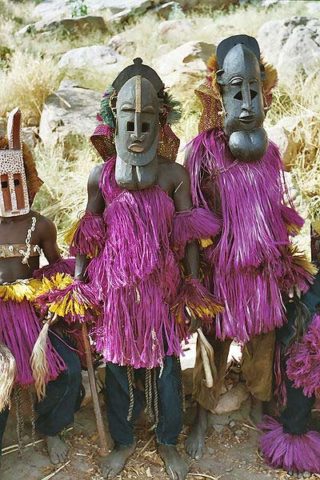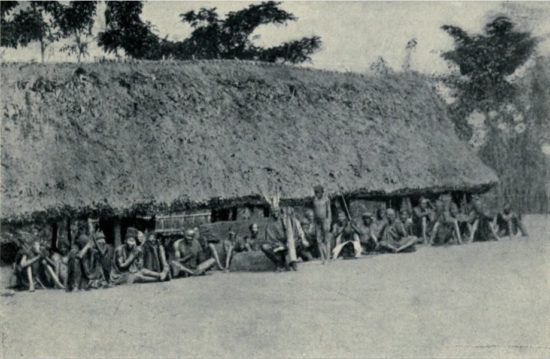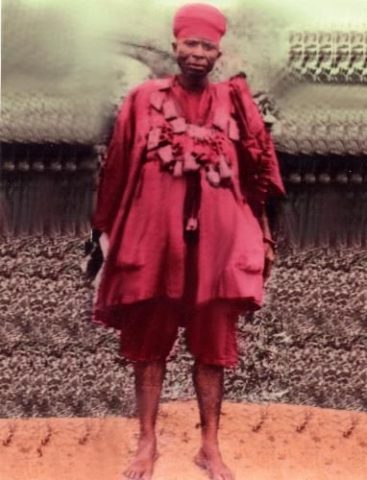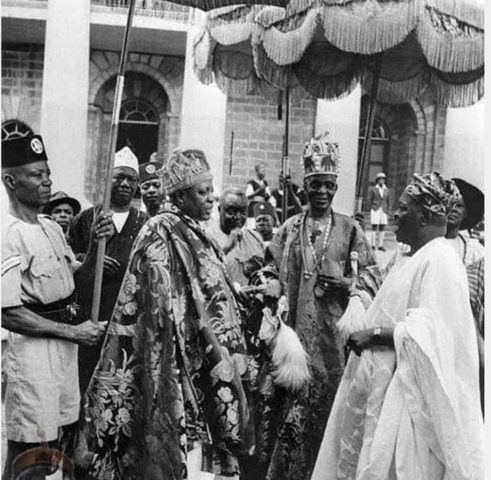Dogon People And Astronomy | African Tribes
The Dogon are an ethnic group indigenous to the central plateau region of Mali, a country in West Africa, bounded by the Niger bend on the south, near the city of Bandiagra and in Burkina Faso.
The ancestors of the Dogon came from Mande, an area southwest of Mali and northeast Guinea, which was the home of the thirteenth-century Mali Empire. The Dogon migrated to the cliffs of the Bandiagra plateau after the collapse of the empire.
Read Also: The Rise & Fall Of Oyo Empire | Yoruba History
The mountainous terrain provided safety from slave raiders coming from the Sahara and also for ease of access to water, but they existed as an isolated community with numerous languages.
Dogon People And Astronomy
After the French arrived in 1893, the slave raid ended, and then the Dogon expanded their territories into the plateau. The migration paved the way for their separation from their indigenous cultural practices, giving way for Islam and Christianity.
The Dogon are of Egyptian descent and their astronomical inclinations date as far back as 3000 BC. The Dogon are people with culture, artistic expression and complex belief systems that have withstood the test of time without changes and adaptations.
Due to the agricultural richness of the plateau and escarpment, lest the parts with considerably high human exposure, most of the Dogon are farmers by profession, and their main crop is millet, planted at the start of the rainy season.
Read Also: The Owu – Ijebu War & The Owu Lost Children | Yoruba History
Other crops include rice, beans, peas, peanuts and sesame. Onions became a huge export when Marcel Griaule encouraged the construction of a dam near Sangha and motivated the cultivation of onions.
There are a few craftsmen, largely metal workers and leather workers.
Their economy survived on agriculture, livestock rearing and tourism, most especially.
They possess no centralized form of government but live in communities composed of patrilineages—moreover, extended families whose head is the senior male descendant of the common ancestor.
The Dogon are famous for their cultures as it has enormously also added to the tourism sector of their economy. Their culture is popular for its elaborate cosmology and spectacular rituals and belief in spirits, sacrificial divination.
Their masked cultural performances have become huge
tourist attractions. In their most prolonged rites such as funerals, masks provide the spirits of the dead, a glimpse of all aspects of physical realities such as trees, animals and many others.

tourist attractions. Image Source: Dario Menasce
Dogon People And Astronomy | Culture
After a mask has been utilized, it loses its powers and is sold out to tourists. Divine communication occurred through sacrifices and rites of purification. They hold their priests in high esteem, as they believe they have a special relationship with their gods and also the; Hogon, who is the oldest
man, spiritual leader and political head of the village.
Due to the influx of new religions and environmental conditions like drought etc., there was a decline in sacrifices as the niche because
unfavourable for animals but other religions alike Christianity offer an alternative supernatural power at “lesser” costs.
Read Also: The Arakanga war | Egba & Ibadan | Yoruba History
Presently, there are Christians and Muslims in the Dogon empire, but
beliefs about magic, evil, and traditional practices have not changed.
According to their tradition, the star Sirius has a companion star which is invisible to the human eye.
This companion star has a 50-year elliptical orbit around the visible Sirius and it’s extremely heavy and rotates on its axis. Surprisingly, their whole cosmological tradition is true, which has raised questions as to how people who lacked modern astronomical know-how, know so much as about an invisible star that exists. They also explain in their oral
A tradition that a race from the Sirius system called the Nommos visited the earth years ago and these were ugly, amphibious creatures that resembled mermaids and mermen.
This also appeared in myths of larger cultures like the Egyptians, Accadian, Sumerian etc. These creatures live on a planet that orbit another star in the Sirius system and it was these creatures that have them the knowledge of the Sirius B star.
A large population of the Dogon society believe in the spiritual world of gods and ancestors, and the delicate balance existing between the living and the dead.
Without written languages, the Dogon interpreted and explained the origins through stories, songs, artworks, and dance. Also having great wood carvings that have high cultural value.
Dogon social relations emphasize harmony, words are of great importance, and acerbic words can be very detrimental. The highest-ranking social ill is a false accusation, and the only line of action is forgiveness from the affected party lest the default is at the mercy for the rest of his/her days.
Read Also: Oranmiyan – A warrior who ruled three different empires
Dogon societies are organized according to parallel hierarchies, the most significant being religion and age. Parallel to the Hogon’s spiritual power is that of the bloodline. Only men are allowed to hold formal public power; women are considered physically inferior and should have no interference in official matters.
Communal labour and collective action are integral with fields worked by; Kadaga, a group of ten to twenty aged men. Hard work earns man to respect and status upgrade amongst peers.
Men do most labour work like building construction, utensil making, agricultural labour.
Women are responsible for carrying water, pounding millet, making beer, collecting and cutting firewood and then may join men in the fields once their tasks are completed.
Dogon society is highly stratified with farmers occupying high ranking properties near the centre of the village, while other workers like artisans, woodcarvers and other lower castes live on the outskirts of the town.
On the village periphery are round huts called ” Yapunu Gina” where women cook and sleep during their menstrual periods. In the Dogon community, a man and woman are not married officially, until the oldest son inherits the birth of their first child and properties who has the responsibility to take care of the extended family. Today, the Dogon homeland has been considered a World Heritage Site by the UNESCO and is
the attraction of tourists in that geographical location.









